
New Delhi, IndiaWritten By: PrishaUpdated: Dec 31, 2023, 03:23 PM IST

Image of Sunehri Masjid in 1920s and in present times. Photograph:(Others)
Story highlights
The mosque was the same place where poet and nationalist Hasrat Mohani was staying when he coined the slogan “Inquilab Zindabad”
Broad avenues, white classical bungalows, gardens, wide roads and rows of trees – this is what defines the heart of the Indian capital New Delhi, also called Lutyens’ Delhi. Standing out on them are tombs, fort ruins, Islamic colleges or madrassas and old mosques which either remain hidden in nooks or corners or make sudden appearances maybe beside a colonial building or maybe at a roundabout.
One such mosque from the Mughal period, which stands at a roundabout near Udyog Bhawan, has come under contention after the New Delhi Municipal Council (NDMC) called for views from the public over its demolition to ensure sustainable mobility.
Preserving the past
To solve the problem of traffic congestion, the historic Sunehri Bagh Masjid is now facing possible demolition which has led to locals and historians raising concerns, considering its historical significance.
“The Sunehri Bagh mosque was built in the late Mughal era, with a Bangla (vaulted) roof, which was very popular at that time. It’s a two-storeyed building and the vaulted prayer chamber is accessed by a flight of stairs. In 1912, when Lutyens’ Delhi was being designed, this mosque was not touched as it was an active mosque with regular prayers being held. It was set in the garden of an unknown Hakimji, known as Sunehri bagh from which it derived its name. The lower arched hall was probably for personal or commercial use, as was the custom,” said historian and author Rana Safvi, while speaking to WION.
trending now
)
Sunak popular as PM in just four seats across UK, rival Starmer ahead in 390 seats: Poll
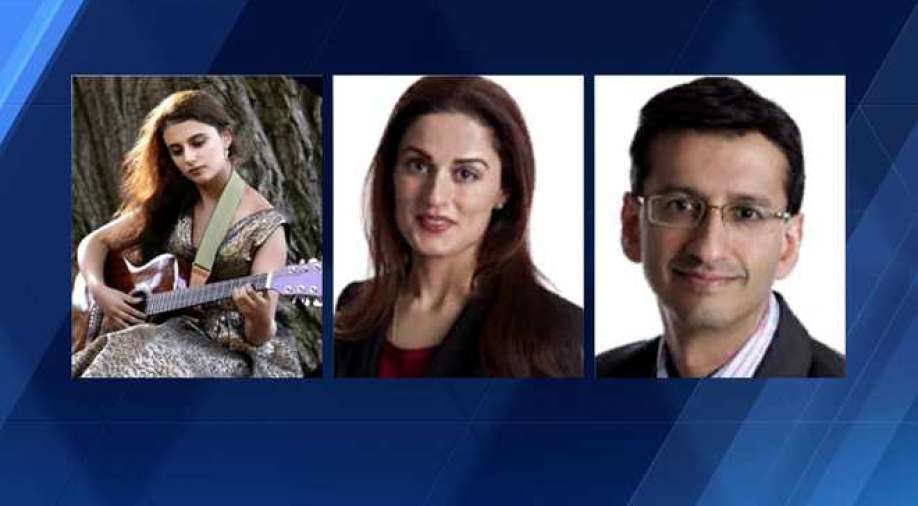)
US: School, college mourn death of Indian-origin student Arianna in ‘murder-suicide’ case
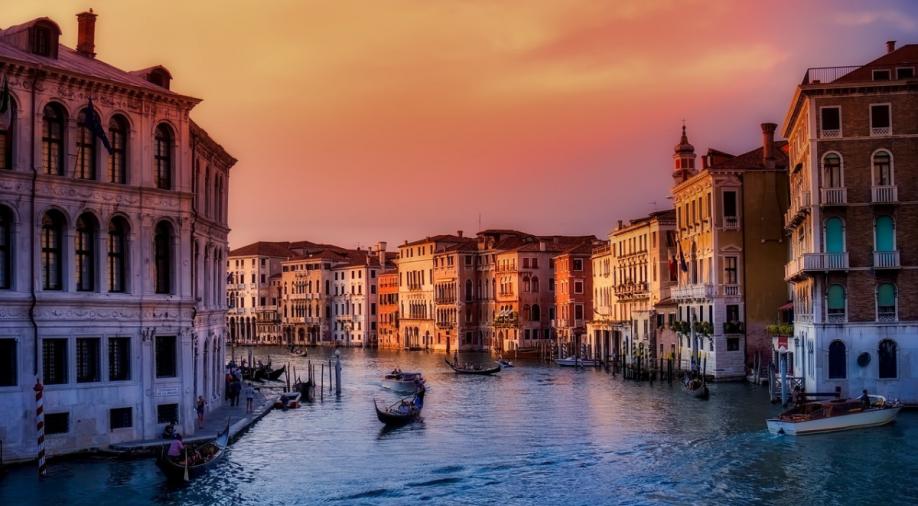)
Venice to impose ban on loudspeakers and large tourist group
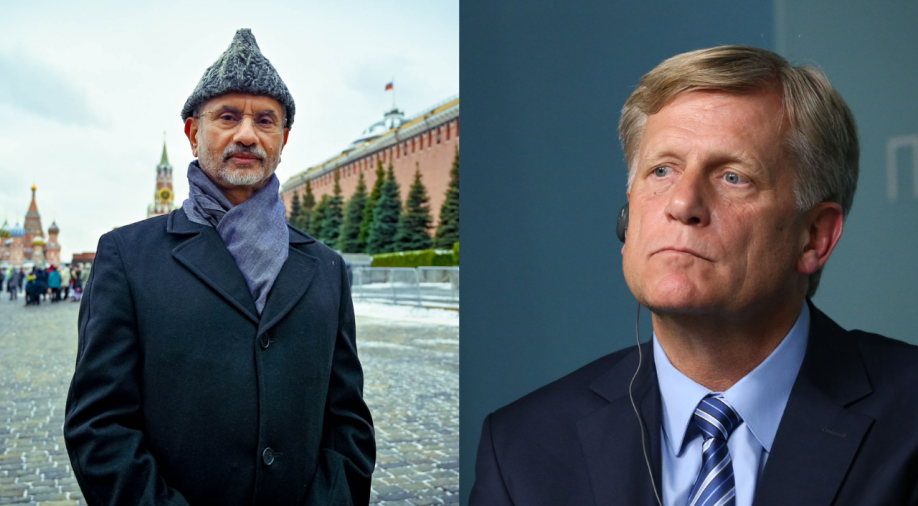)
‘It’s about interests,’ Indians rip into ex-US ambassador after he questions Jaishankar’s visit to Russia
)
Maersk says suspending vessels’ passage through Red Sea strait for 48 hours
)
ISRO begins countdown for launch of PSLV-C58, to study black holes, neutron stars
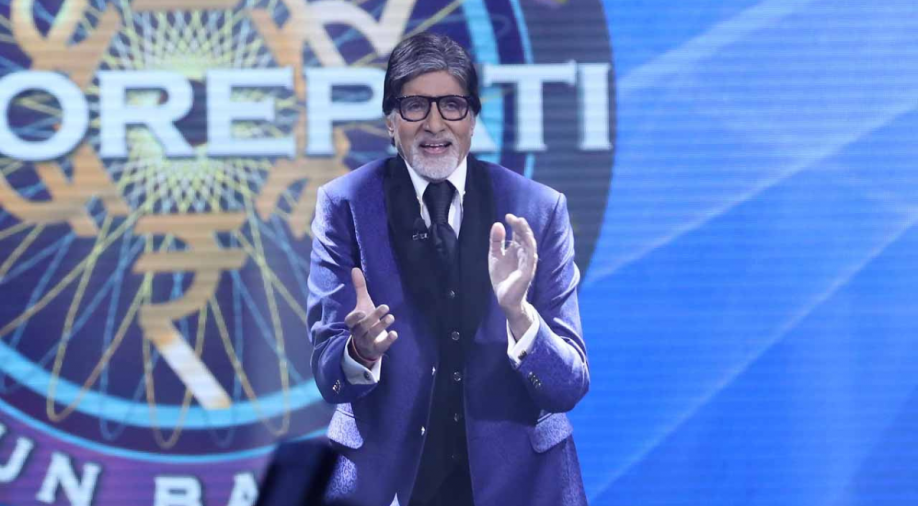)
Is this a goodbye for just this season? Big B’s tearful speech on KBC 15 leaves internet confused
)
Morning brief: Russia vows ‘revenge’ for strike on Belgorod, US thwarts Houthi attack in Red Sea, and more
)
‘Won’t make it to the gate’: Trump on Biden’s chances in Democratic presidential nominations
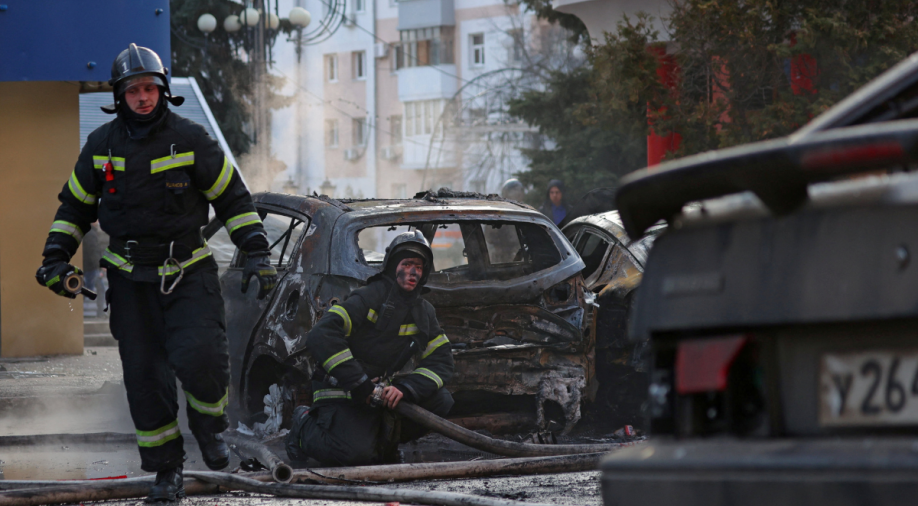)
Russia terms Belgorod attack as ‘terrorism’, vows revenge for strike on city
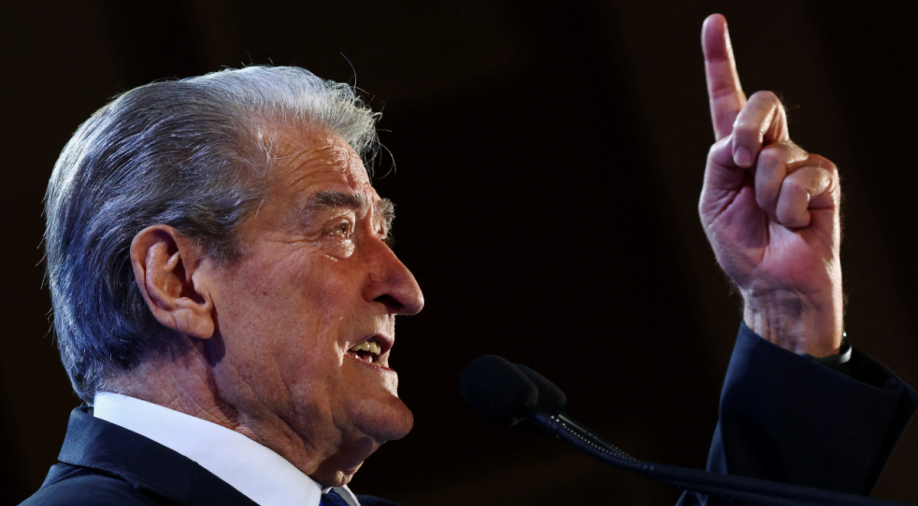)
Former Albanian PM Sali Berisha placed under house arrest
)
Israel-Hamas war LIVE: US destroyer receives distress call, shoots down two anti-ship missiles
)
‘Bolt with missing nut,’ Boeing alerts global airlines after major flight safety issue found
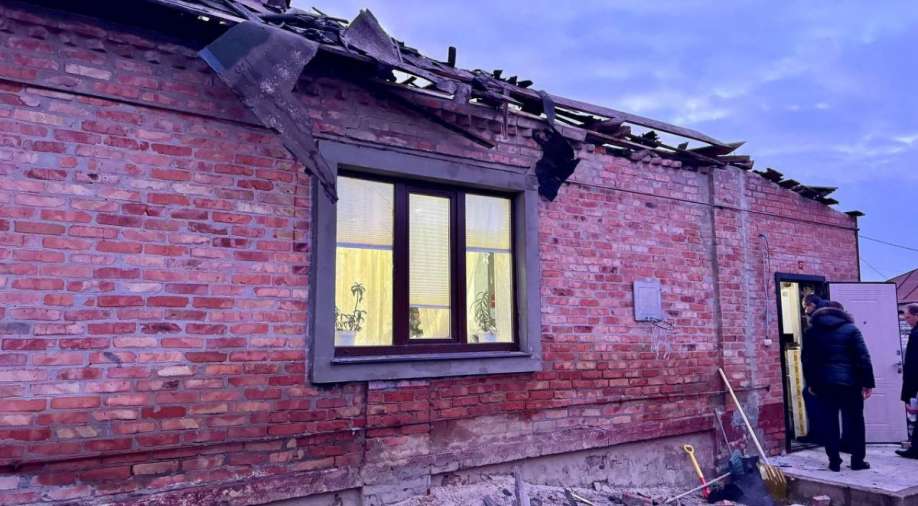)
Ukrainian strike kills at least 14 in city of Belgorod, says Russia
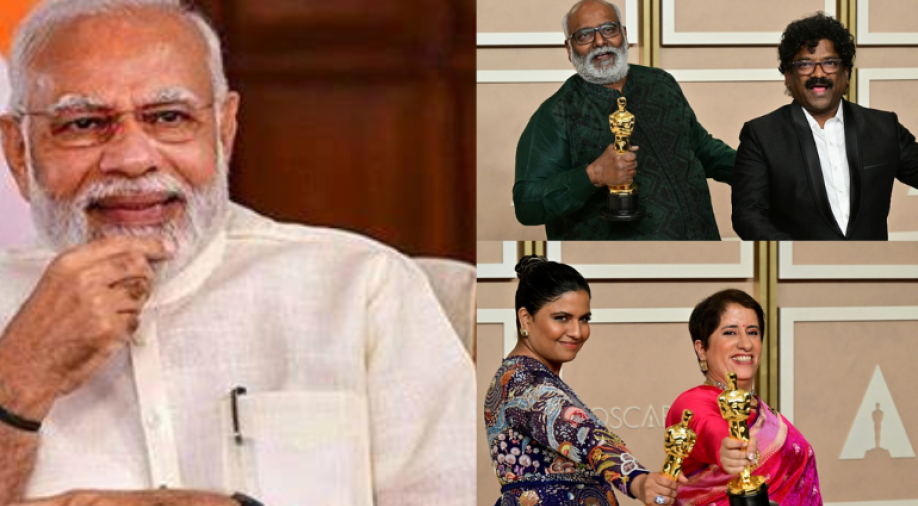)
Mann Ki Baat: PM Modi praises RRR and Elephant Whisperers’ Oscar win: ‘The whole country rejoiced with joy’
“In 1947, after the independence of India, this mosque was in use and hence, it was left undisturbed. Today, approximately 500 devotees gather on Fridays and 200 on other days, according to a TOI report. Considering its heritage value and emotional connection to the community, the mosque should be left alone. As far as the traffic situation is concerned it’s inside a roundabout so unless that roundabout is being removed, this mosque should not hamper movement. And if the roundabout is to be removed from this busy street, I am sure urban planners can come up with sustainable solutions,” she added.
Why is the mosque significant?
The mosque is the same place where poet and nationalist Hasrat Mohani – who coined the slogan “Inquilab Zindabad” and was the first person to demand a “Purna Swaraj”(full independence for India from the British) in 1930, lived while he was attending the Parliament sessions. This was because he had refused government accommodation and transport.
Sunehri bagh masjid is not just a mosque, it has a history that is closely associated with several of our freedom fighters. Hasrat Mohani, member of our Constituent Assembly used to stay here while attending the meetings. Care for its illustrious history. https://t.co/iGxRZhd1r8
— S lrfan Habib एस इरफान हबीब عرفان حبئب (@irfhabib) December 27, 2023
×
Mosque stood as new roads were carved
Two maps have emerged that show how the mosque stood the trials of times as the city planners carved roads around it, leaving it untouched.
Historian and author Swapna Liddle said, “When New Delhi began to be planned in 1912, the area between Purana Qila and Raisina was dotted with old buildings, some ruined and abandoned, and some, mostly places of worship, still in use. The reason this map of 1912 was drawn to show old structures in particular, was because a decision had to be made on which of these buildings would be demolished to make way for the new city, and which saved.”

Caption: The maps illustrate the city planning done in 1912 and 1942. (Courtesy: Historian Swapna Liddle)
“Many, including tombs and palaces, were in fact demolished, but some remained, among which was this Mughal period mosque. The reason was that it was not only of architectural significance, but it was also in use. So it was decided to incorporate it into the town plan by placing it in one of the many roundabouts in the new city. The map of the same area dating to 1942 shows this. This mosque, which survived the ravages of time, and major colonial re-ordering of the space, is now threatened with demolition,” she added.
Watch: S Jaishankar in Russia: India & Russia sign pacts, inch closer to jointly producing weapons
As the debate continues, many historians have called for the protection of the mosque and a number of people have written letters to the NDMC to opt for other ways to decrease traffic congestion. Indian Civil Liberties Union and the socio-cultural impact community ‘Purani Dilli waalon ki baatein’ have together written a letter to the NDMC in which they have suggested multiple alternative solutions for addressing traffic congestion in the vicinity.
WION tried to reach out to NDMC for their comment on the issue but did not receive any response till the time the story was published.
>>> Read full article>>>
Copyright for syndicated content belongs to the linked Source : WION – https://www.wionews.com/india-news/a-mughal-era-mosque-in-indian-capital-delhi-is-at-centre-of-development-vs-history-debate-heres-how-675266






























